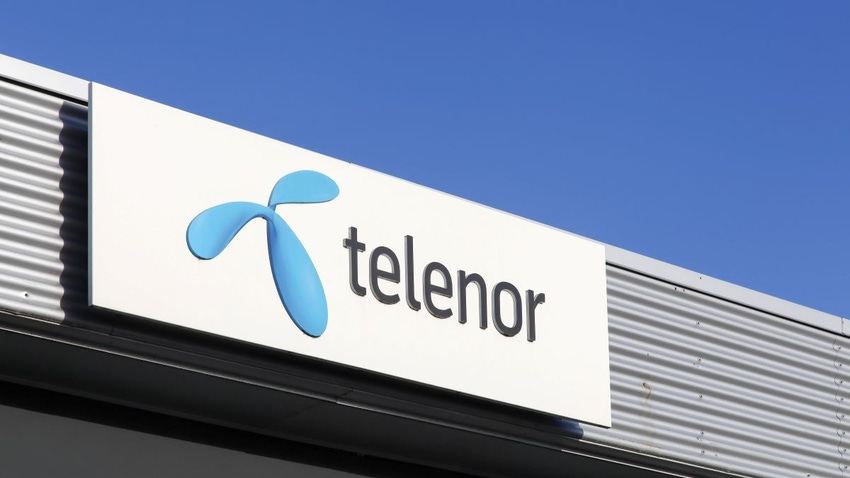Eurobites: Telenor sells satellite unit to Space Norway for $217M
Also in today's EMEA regional roundup: Orange France launches satellite broadband service; OneWeb reaches into sub-Saharan Africa with NEC XON; Nokia engineers Swisscom's network migration.

Telenor has agreed to sell its Telenor Satellite subsidiary to state-owned Space Norway for 2.36 billion Norwegian kroner (US$217 million). Telenor Satellite covers the European, Middle East and North African (EMEA) market with broadcasting and data communication services, encompassing homes, ships and land terminals; Space Norway develops, in the words of the companies' statement, "strategic space capabilities." During the first three quarters of 2023, Telenor Satellite generated revenues of NOK707 million ($65 million) and EBITDA (earnings before interest, tax, depreciation and amortization) of NOK504 million ($46 million). Future joint ventures between the two parties, such as satellite consulting services, are apparently being discussed.
Back on terra firma, Telenor has also been winning itself brownie points in the diversity sphere, being named as the European telecom sector leader, diversity-wise, in a new FT-Statista survey. The operator gained particular recognition for its efforts in Pakistan, a country not always noted for its progressive tendencies when it comes to workplace opportunities for women. For its female employees in Pakistan, Telenor provides six months' paid maternity leave, on-site childcare and dedicated transport to prevent them from being harassed on public transport, among other benefits.
Orange France has launched a new satellite broadband service through its Nordnet subsidiary, offering speeds of up to 200 Mbit/s downstream and 15 Mbit/s upstream for those customers ineligible for fiber-based services and/or those with ADSL speeds of less than 8 Mbit/s. Customers will pay €49.99 ($54) per month for the service – which is based on the Eutelsat Konnect VHTS satellite – though they will need to cough up €299 ($324) for the satellite kit to get started. The offer forms part of the French government's plan to guarantee "superfast" (greater than 30 Mbit/s download) broadband for all by 2025.
In related matters, Eutelsat OneWeb has signed a multi-year distribution agreement with African IT services company NEC XON to bring low Earth orbit (LEO) satellite connectivity to sub-Saharan Africa. Among other aspects of the deal, NEC XON will acts as the "training academy" for Eutelsat OneWeb products and services.
Swisscom and Nokia have completed work on a new, high-capacity optical transport network. The new network, tortuously dubbed NEWTON (Next Evolution Wavelength Transport Optical Network), can support client services from 1G to 400G, says Nokia. The two companies will now jointly manage the migration of services to the new network.
Nokia has also completed interoperability testing with a Mavenir radio using the O-RAN Alliance 7-2x interface at its Open RAN Innovation Center in Dallas, Texas. The testing was carried out in accordance with O-RAN Alliance specifications, demonstrating end-to-end configurations with 5G user devices.
Telefónica-owned Telxius is joining Google on the Firmina subsea cable system connecting the East Coast of the US to Las Toninas (Argentina), with additional landings in Praia Grande (Brazil) and Punta del Este (Uruguay). Telxius will subsequently host Firmina in its Santos digital hub in Brazil. Telxius customers will be able to take advantage of three redundant routes between the US and Brazil as well as three extending to Argentina.
Meanwhile, in the slaves-to-the-algorithm department, Swedish-owned music streaming giant Spotify is banking on large language models (LLMs) from Google helping it to get a better handle on its users' listening habits when it comes to podcasts and audiobooks. As Reuters reports, Google's assortment of LLMs includes PaLM 2, Codey, Imagen and Chirp.
Read more about:
EuropeAbout the Author(s)
You May Also Like












